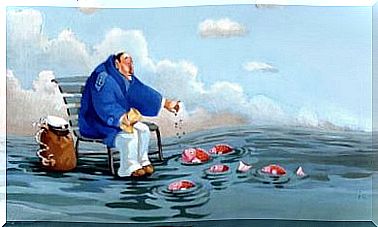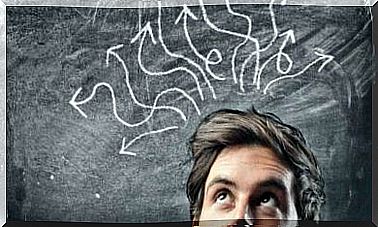It Started With A Strong Headache: What Is A Stroke?
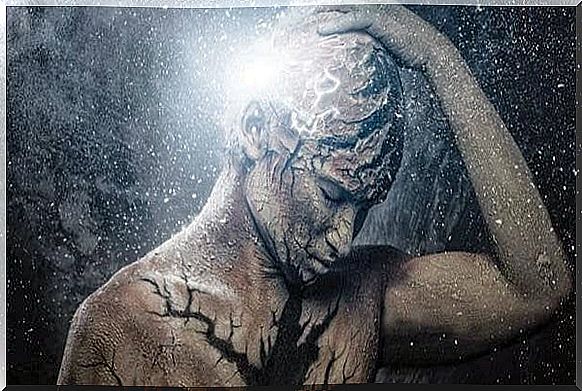
“It all started with a severe headache…” Most patients who have survived a stroke describe the first symptoms in this way before it develops into a full stroke. D another most common cause of death worldwide.
One can survive a stroke. But one’s quality of life after the episode is obviously not always the best. There are consequences. And many basic functions, such as speech or movement, can be noticeably reduced.
Life is not always fair or gives us what we deserve, but in our efforts to maintain and exploit it, we should keep in mind the many factors that can help us prevent a stroke. If there’s just a small chance we can avoid it, then it’s worth a try.
Every year, World Stroke Day is celebrated on October 29th. In addition to commemorating, the intention is to shed light on a disease that takes the lives of thousands of people every year. There are broken families and loved ones who have left our side. This is the best way we can honor them.
To remind them and point out to them that this disorder, in which there is a sudden disturbance of the blood circulation in the brain, can be avoided. We all know that nothing can be avoided 100% and that many young people have left this world due to a stroke. But we will do everything in our power to avoid it. To do this, there is nothing better than raising awareness. There is nothing more effective than information.
What is a stroke?
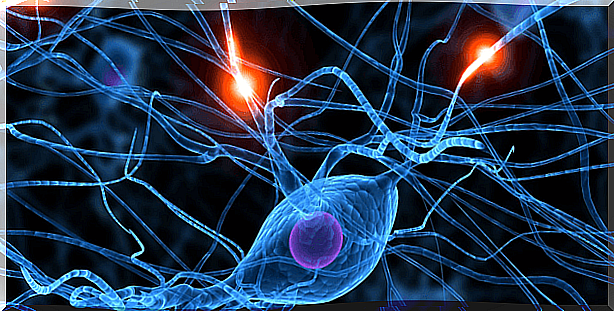
A stroke is a sudden problem with the blood circulation in a person’s brain. It can be characterized by a damaged blood vessel in the brain or a decrease in oxygen distribution. All this causes a non-reversible effect: Dead brain cells due to lack of oxygen and nutrients.
A stroke can affect young people. But it is most commonly seen at an older age. Among the affected people, the mortality rate is 30%. And in recent years, there has been an increase in the number of strokes among women.
In addition to this, there are two types of strokes, ischemic and hemorrhagic. The first is the more common of the two. The other is the more dangerous and therefore more deadly. We are also sure that you know someone in your life who has suffered from this. Or maybe even lost their lives because of it.
These are painful voids in our lives, but at the same time, when the person survives, everyone will have to “readjust” their lives. Both the family and the patient themselves, who have survived the trauma. The small time interval in which their brain just… changed. Like a sudden congestion, like a spark with tragic consequences.
Risk factors
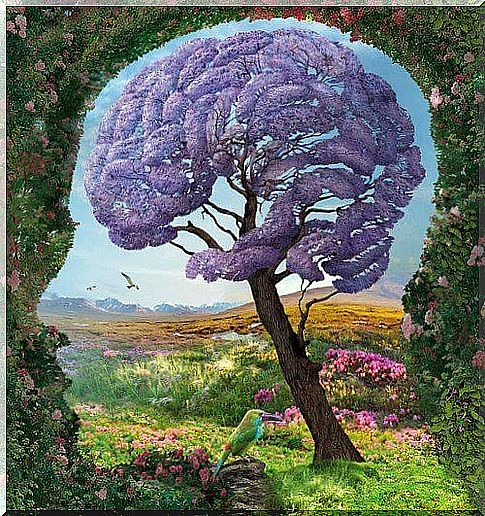
We all know that we live in a world that is “saturated” with information. Every day there are several surveys, small pieces of information, recommendations and advice about our health on social networks, in magazines and on TV.
It is necessary for us that we begin to prioritize ourselves a little higher every single day. It does not matter how fast the world is moving around, our commitments, rushes, worries… Stop for a second and listen to your body, your mind, your brain. They demand that you take a little better care of yourself.
It really does not require energy. It just takes some time. Stopping and just breathing to be aware of ourselves is already an excellent step. D u is important for yourself and for others. And this has a price. It is that you will have to take care of your health.
Because of this, to make sense of every day, dedicated to preventing a stroke, then it is worth spending a few minutes of your time remembering these factors. They can help you avoid this evil or at least minimize the risk.
We can fight against that fate. It depends on you.
- Do you smoke? Then you should know that there is a very high risk that you will have a stroke at some point in life. Set a goal to stop this bad habit today.
- In recent years, cases have changed based on gender. F or example, in Spain affects stroke women more, especially if they are smokers, suffer from high blood pressure and have taken the pill.
- If we have relatives who have had a stroke, then we should be examined regularly by our doctor.
- Be aware of high blood pressure, high cholesterol and diabetes. They are risk factors.
- A sedentary lifestyle, as well as obesity, are two dangerous realities that should be kept under control in relation to this and other types of diseases.
How do I know if I’m having a stroke?
In the beginning we told you about the “strong headache”. It is normal for patients with stroke to have a history of frequent migraine headaches. But the aforementioned pain is often described as being a different pain. More intense, deep.
So keep in mind the following warning signs:
- Paralysis of a part of the body: Paralysis of the arm and leg on the same side.
- Problems pronouncing words and even understanding them.
- Dizziness, instability and lack of coordination.
- And the worst headache in our life…
Remember these simple indicators. And remember to prioritize yourself a little higher for your own sake. For the people who love you. Take care of yourself, because you are the most important thing for yourself, so you will have to take care of your health.

